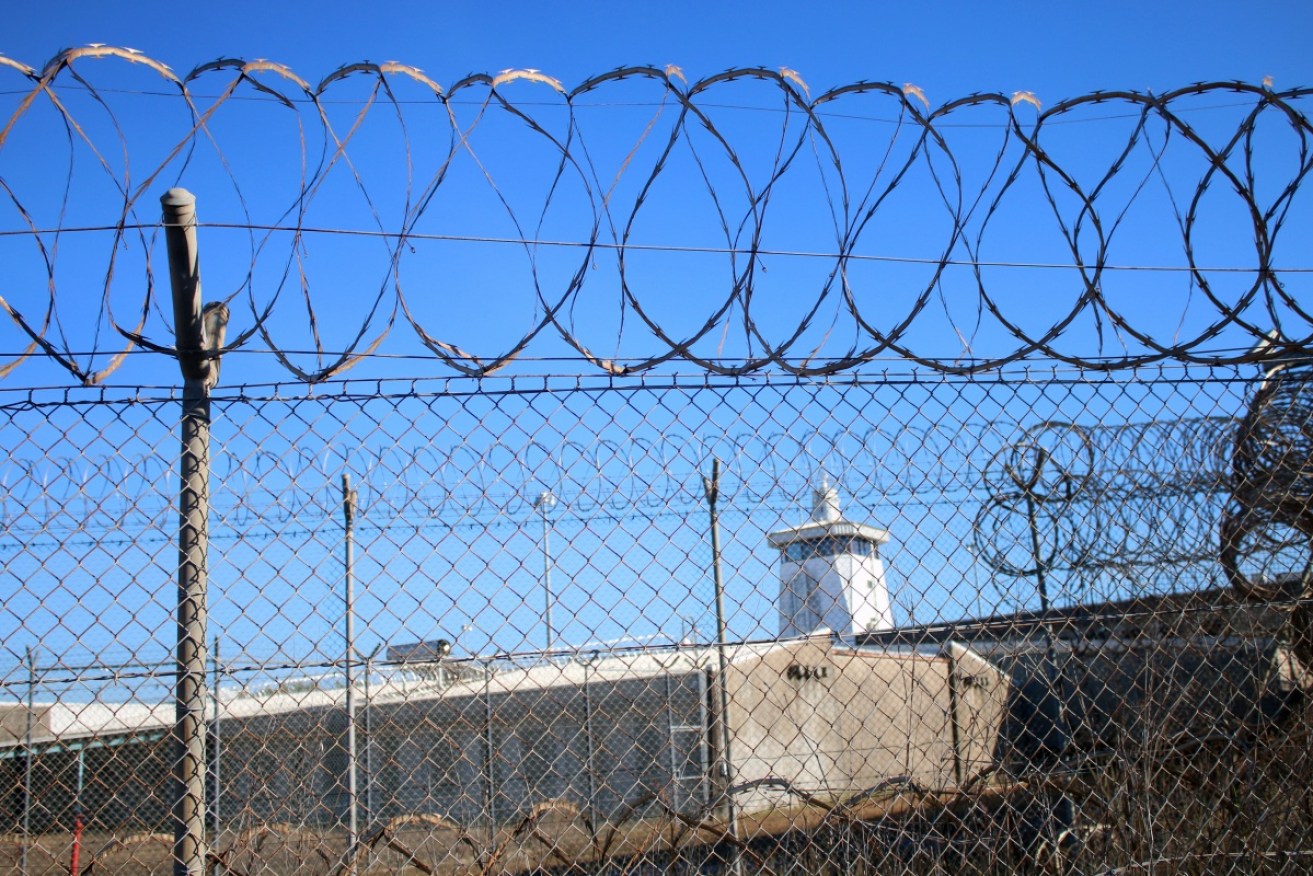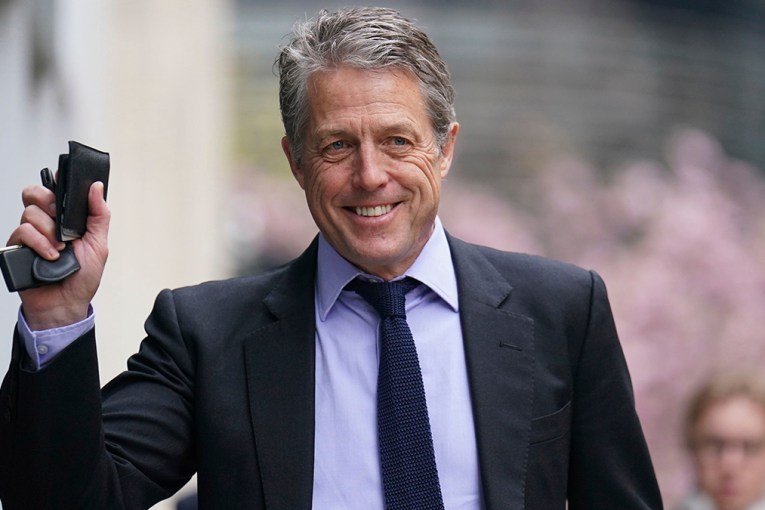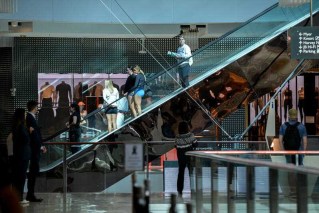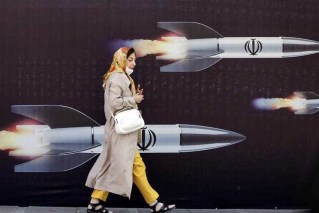Dark chapter of Australian history draws to a close … for now


Children are expected to face charges after a riot at the Don Dale detention centre in Darwin. Photo: AAP
It was the split-second decision that sparked a Royal Commission.
On Wednesday, after nearly six years, four teenagers who were tear-gassed while being locked in a cell received some semblance of justice.
The High Court found the ‘deliberate and intentional’ use of tear gas, known as CR fogger, by prison officers at the Don Dale youth detention centre was not lawful.
The youths will be compensated. And for the officers, the story may not end there.
James Higgins, partner at Gordon Legal, told The New Daily the ruling “opened a can of worms” and could potentially lead to criminal charges.
“Basically this decision is limited to the question of whether the Northern Territory authorities can use tear gas as a weapon in this context – the answer is no,” he said.
“So it may well be that there might be further consequences for those who did use tear gas.
“It’s a decision which says ultimately this is the context of where weapons can be used and under what circumstance. And it’s revealed they’ve acted unlawfully.”

A cell inside the behavioural management unit at Don Dale. Photo: Four Corners
The case returns to the Supreme Court in the Northern Territory to determine how much compensation is awarded to each of the four boys.
“These boys get to make a claim for compensation and it renders those who made the decision liable for potential disciplinary proceedings or criminal sanctions,” Mr Higgins said.
The 2016 Royal Commission was sparked by a violent incident at the Don Dale youth detention centre in August 2014. The incident led to a confrontation between detainee Jake Roper and prison staff.
Roper could not be controlled while “engaging in the exercise yard in violent and erratic behaviour assessed to pose a danger to staff”.
One of the prison officers from the nearby adult jail used CS gas to control him.
The gas affected four detainees who were locked in their rooms: Josiah Binsaris, Leroy O’Shea, Keiran Webster and a fourth person who cannot be named.
Criminal Legal Association of the NT president Marty Aust said if the system was not overhauled, and the Royal Commission recommendations implemented, the same thing would happen again.
“Really this should be a line in the sand and a teaching that now is the time for change,” Mr Aust said.
“It’s a very big decision, but what it actually means moving forward sort of remains to be seen.
“As a result of the commission and months of hearing, the commissioners ultimately found the system was broken.
“Now in the territory, the government that is in power has not committed to implementing the full suite of recommendations.”

The inside of one of the cells in the isolation wing of Don Dale youth detention centre. Photo: Four Corners
CS gas was described in the High Court judgment as “a form of tear gas that disables those who breathe it by inducing uncontrollable burning and tearing of the eyes, and intense irritation of the nose and throat, causing profuse coughing and difficulty breathing”.
Graphic footage was shown on the ABC in 2016 of the four detainees being tear-gassed – described by five High Court judges as “battery”.
The use of spit hoods, leg shackles and handcuffs were also featured.
In the High Court on Wednesday, four of the five judges found it was illegal for detention centre staff to tear-gas youth detainees in the NT.

The detainees were tear-gassed and then taken out of their cells and hosed off face down on the ground. Photo: Four Corners
The NT government will be liable for a damages claim for battery and costs.
The one judge who disagreed, Justice Stephen Gageler, believed tear gas could be used if necessary to maintain order.
But he still found the four detainees were entitled to damages as they were locked in their room and were victims of battery in being harmed by tear gas used on someone else.
The group had all previously rejected $150,000 settlement offers on the eve of a Supreme Court civil trial they lost.
They were later awarded between $12,000 and $17,000, but also ordered to pay a bill to cover government costs that would have been higher than their compensation.
-with AAP








